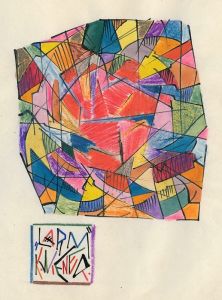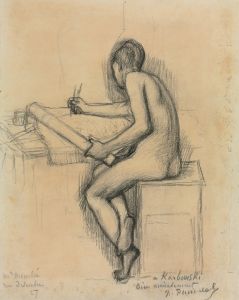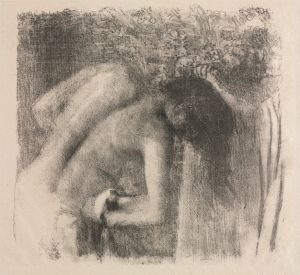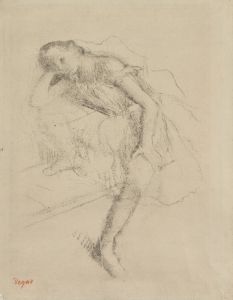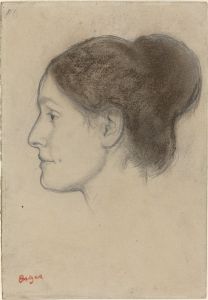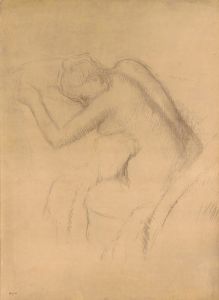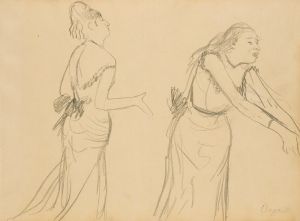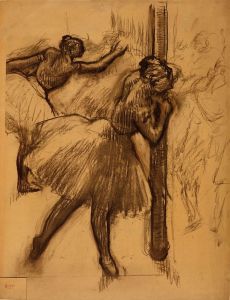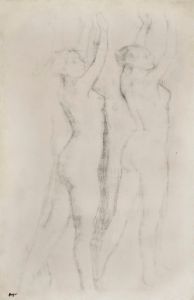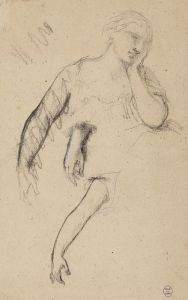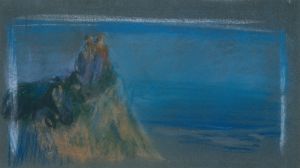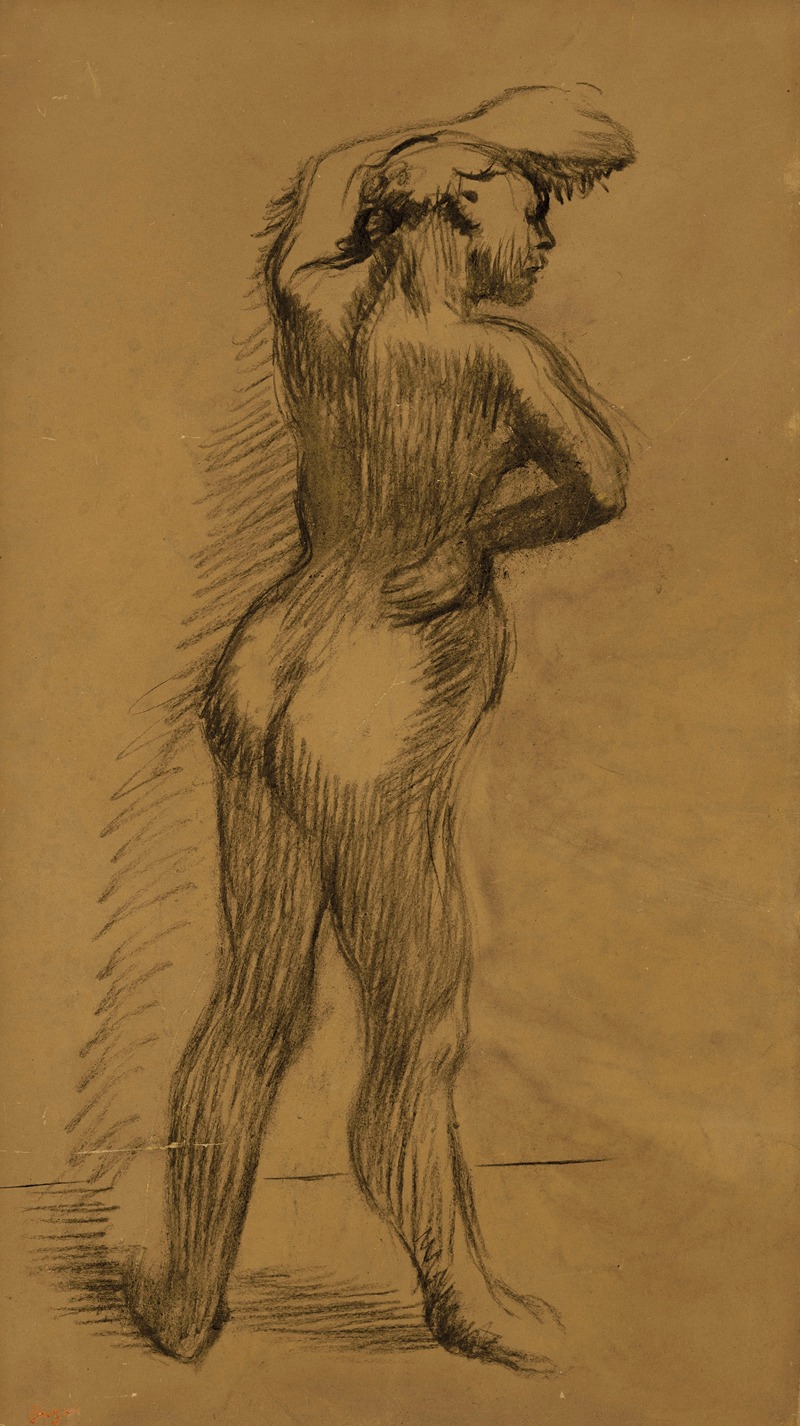
Étude de nu
A hand-painted replica of Edgar Degas’s masterpiece Étude de nu, meticulously crafted by professional artists to capture the true essence of the original. Each piece is created with museum-quality canvas and rare mineral pigments, carefully painted by experienced artists with delicate brushstrokes and rich, layered colors to perfectly recreate the texture of the original artwork. Unlike machine-printed reproductions, this hand-painted version brings the painting to life, infused with the artist’s emotions and skill in every stroke. Whether for personal collection or home decoration, it instantly elevates the artistic atmosphere of any space.
"Étude de nu" (Study of a Nude) is a drawing by the renowned French artist Edgar Degas, who is widely celebrated for his contributions to the Impressionist movement, although he preferred to be called a Realist or Independent. Degas was born on July 19, 1834, in Paris, France, and he became known for his mastery in capturing human figures, particularly dancers, in various states of movement and repose.
"Étude de nu" is a testament to Degas's skill in depicting the human form with remarkable precision and sensitivity. This drawing, like many of his works, showcases his interest in the anatomy and the naturalistic portrayal of the human body. Degas often used live models to study the nuances of the human figure, and his works reflect a deep understanding of muscle structure and the play of light and shadow on the skin.
The drawing is executed in a manner that highlights Degas's proficiency with line and form. His use of charcoal or pencil in "Étude de nu" allows for a range of textures and tones, creating a sense of depth and volume. The figure in the drawing is typically rendered with a sense of immediacy and intimacy, capturing a moment of stillness that contrasts with the dynamic movement seen in many of his other works, such as his famous ballet scenes.
Degas's approach to the nude was influenced by his academic training and his admiration for classical art. He studied at the École des Beaux-Arts in Paris and spent time in Italy, where he was inspired by the works of Renaissance masters. This classical influence is evident in the careful composition and anatomical accuracy of "Étude de nu."
Throughout his career, Degas produced numerous studies of nudes, both male and female, often exploring different poses and perspectives. These studies were not always intended for public exhibition but were crucial to his artistic process, allowing him to refine his technique and understanding of the human body. "Étude de nu" fits within this broader context of Degas's oeuvre, demonstrating his relentless pursuit of perfection in his depiction of the human form.
Degas's work, including "Étude de nu," has been celebrated for its technical brilliance and its ability to convey the subtleties of human expression and movement. His drawings and paintings continue to be studied and admired for their contribution to the development of modern art. Degas passed away on September 27, 1917, but his legacy endures through his extensive body of work, which remains influential and revered in the art world.
In summary, "Étude de nu" by Edgar Degas is a significant example of the artist's dedication to the study of the human figure. It reflects his classical training, his meticulous attention to detail, and his ability to capture the essence of his subjects with remarkable clarity and sensitivity.





